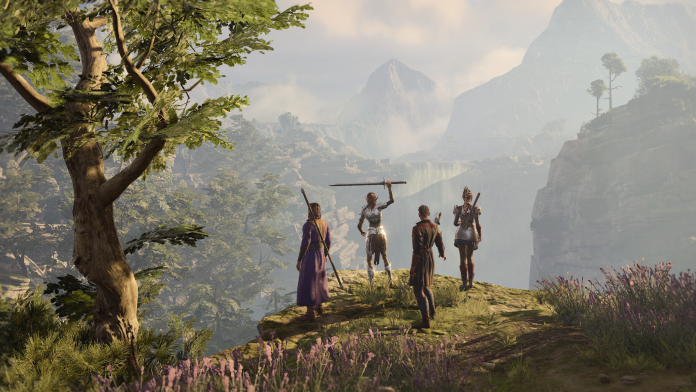One of the many striking aspects of Baldur’s Gate 3 is the complexity and depth of each party member’s backstory. On a first playthrough, I thought these backstories seemed like a bit much compared to an average tabletop campaign. It works when Tav (the standard player character) is mostly a blank slate ready to help all the NPCs out, but wouldn’t it seem suffocating for everyone in your group to have that much going on? Hot take: that sounds like a great time to me. Why? Because it helps turn your characters from the stereotypical murder hobos who are mechanics over personality into realized personalities.
An average playthrough of BG3 takes around 100 hours, during which time each party member has an arc loosely correlating to the overarching story. My ideal campaign – D&D or most other systems – takes at least that much time. If you’re running a low- or non-combat game, you’ll have even more time to fit in all these character storylines.
However, it’s actually pretty hard to create a good character that you and your fellow players will enjoy for such a long time, especially if you’re new to TTRPGs, and there isn’t a lot of actionable advice online, as guides tend to focus on mechanic builds over backstory (and only seem to be about D&D). A lot of games will help you out, whether you roll for traits or follow a step-by-step creation process, but that’s still just an outline. Creating a roleplay character is different from writing a character in a story: they have to be a fully formed person before the main narrative begins, but you also need to have room to allow them to change at the whims of the story.
Whether you’re an old hand at TTRPGs or a new player drawn in by Actual Play podcasts or Baldur’s Gate 3, here’s some system-agnostic advice for making a rad character, inspired by the sheer amount of stuff happening in BG3.
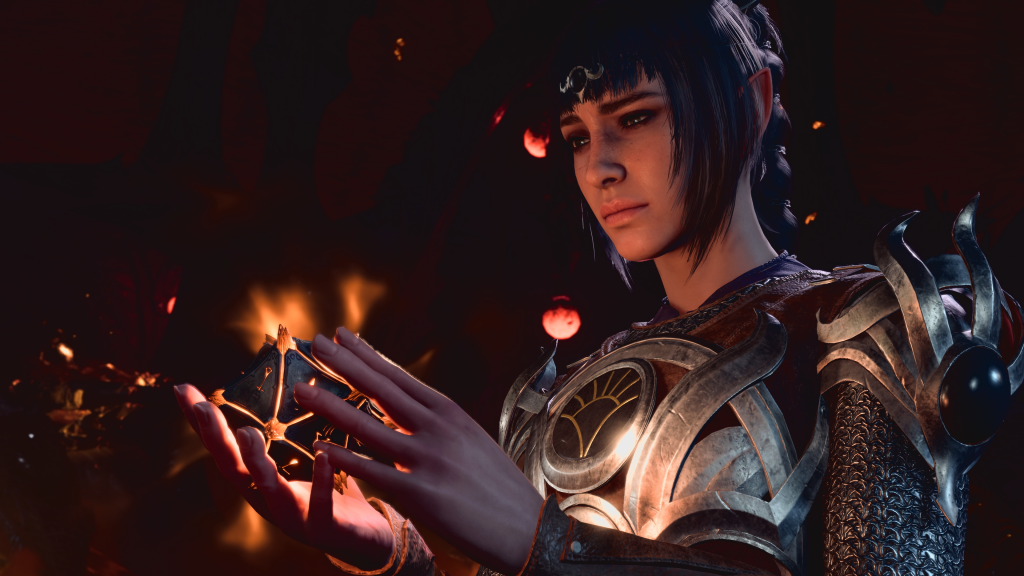
Some methods for generating a character idea
1. Ask an expert. The easiest way to have a character that feels at home in a story is to ask your game master for ideas – or, if you’re playing a GM-less system, talk to the rest of the players. Whoever is building the world for your game may have had some ideas of people who would inhabit that world. I know when I GM, I end up thinking of cool character ideas I won’t be able to play and would love for someone else to use them.
Even if they don’t have character ideas, it’s worth asking about interesting locations, organizations or recent events that might play into a backstory. Easy example: in my D&D campaign set in Eberron, the Last War only ended around five years ago. All of our characters are influenced on differing levels by the war and that’s one of the things that brings them together. This works in GM-less systems, too, because asking this question will help you all flesh out your world.
You can do the reverse, as well, if you have part of an idea in mind. If you’re thinking you’d like to come from a big city or a secluded area to make your character idea work, just ask if there are any locations like that. If you have certain associations in mind, like the mafia or an order of knights, ask about your options.
2. Phone a friend. Pick out somebody at your table. Say, “I want to make characters who have a shared history.” Brainstorm. This almost always works out because your fellow player will see it as a compliment and it makes life easier for both of you. Bring whatever half-baked ideas you have, compromise with theirs, build on the concept and you’re done. Some ideas for dynamic duos include siblings (twins, even!), childhood best friends, spouses, two witnesses to something magical or traumatic, heroes driven by a prophecy or – hear me out – coworkers from your local fast food joint. This can also expand to your whole group, of course; there’s usually no reason they have to be meeting for the first time at the start of the game.
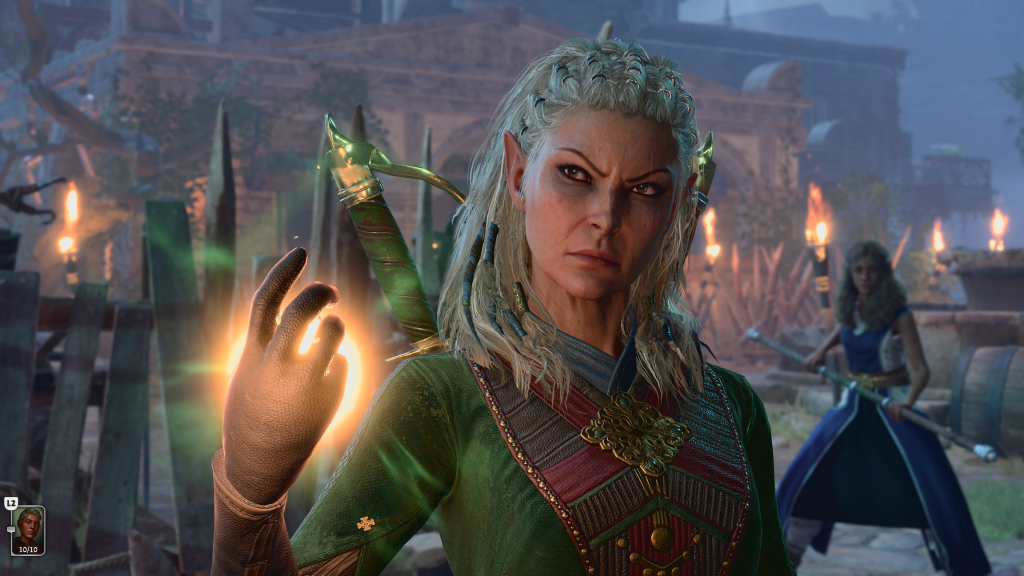
3. Plagiarize. HANG ON! We all saw the Hbomberguy video! Don’t kill me! But I’m talking about your home games, unpublished creative content that you’re just doing with your friends. So what if Han Solo is piloting your table’s spaceship? Who cares if your guy is literally Legolas? Do I have to admit that I made a character based on the priest from “Fleabag” and accidentally sent his backstory to a professor instead of my homework?
If you have a favorite character, there’s a reason why you love them. Figure out what traits draw you to them and see if there’s something you can lift for a player character. If you came here for BG3, this is me giving you a huge green light to steal those character backstories. Even within that group, multiple stories are the same at the core (Lae’zel and Shadowheart) and nobody bats an eye.
4. Start with mechanics. Games like Monster of the Week and Masks are fantastic for this. The character playbooks have a clear trope in mind, including questions to fill in your backstory. You just have to flip through and find one that you jive with and add your own details and spin on the concept.
This works with more trad games too, though not quite as well. For example, I set out to play every class in D&D. As the list got shorter, I could look at the options and figure out how, for example, a ranger might fit in a game I know is mostly city-based. What’s a unique spin on a well-known class? In a lot of higher-crunch or old-school games, your character sheet just describes your skills, so decide what power fantasy makes you the happiest and then work backward from there. Don’t be afraid to fall back on classic tropes, either!
No matter which route you take, don’t get caught up on the idea that your concept is “basic” or anything like that. There’s nothing new under the sun and you don’t need to reinvent the wheel. The most straightforward character concept will feel unique because you’re unique and it will be shaped by the trajectory of your game. Shadowheart and the Dark Urge both use the classic “edgy guy with amnesia” backstory, and they’re very different and very cool.
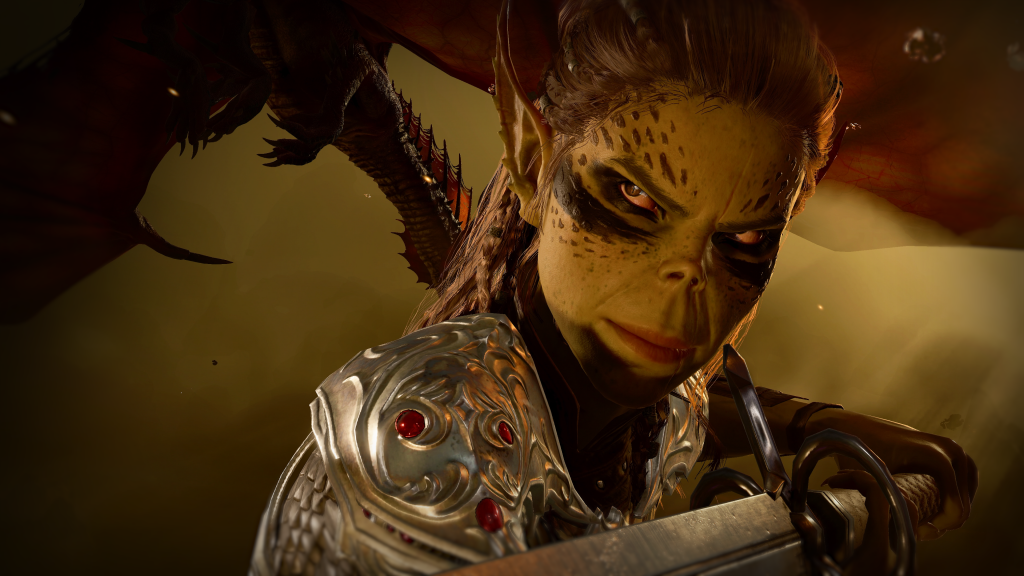
Writing a backstory
Unfortunately, it’s difficult to make one-size-fits-all advice for backstory creation. This is another point where you really should talk to your table about the setting and what could influence a story. Let’s circle back to our BG3 characters; they each come from major elements of the world that then influence the story.
Pretty much every character, with the exception of Lae’zel and Halsin, has a personal tie to Baldur’s Gate itself. That’s a pretty great example of how you can work with other players to get everybody connected in a small way beyond the main plot of your game – you’re all from the same place! Every character also has connections to major aspects of the setting like the Hells, the Astral Sea, different deities and various factions around Faerun.
Now that you’ve got your character concept in mind, you probably have some general ideas about what made them the way they are at the start of your game. If not, just go with the most obvious choice: they turned to crime because they were poor, they became a knight to honor their family legacy, they have cybernetic limbs after a terrible accident. (I mean those as three separate concepts but maybe that’s just one awesome guy.)
Write all of that down. Get some “word vomit” on your page and you’ll probably already have more of a backstory than you realized. Use that as an outline and fill in details: name important family members, friends and rivals. Describe the feelings that made your character make certain choices.
Top it off with something about what brought them to the start of this story, this campaign. Are they drowning out their sorrows over a recent breakup at the ubiquitous tavern? Did they just come to the Big City hoping to make it on the silver screen? Have they been searching for a specialized group to put together a heist with? Your GM may have answered this question for the party already, but you can have more than one reason to participate in the story.
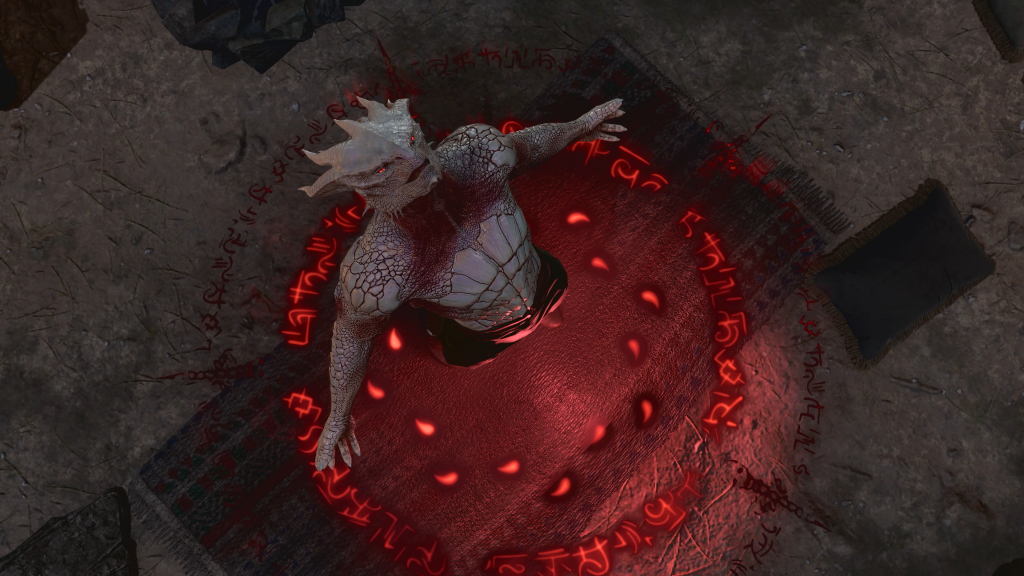
Making a story-ready character
Okay, maybe you should have more than one reason to participate. That’s called dimension, baby! It’s okay to just be along for an adventure with your buddies, but it’s cool to have other motives. They don’t have to be complex, but these goals will say a lot about your character.
If they’re in it for the money, will they sell the others out or disregard people who need help? If the answer is yes, that’s going to be interesting conflict with the other characters. If the answer is no, that might be interesting internal conflict. Power could be another reason to be on an adventure. Maybe they’re running from something – a bad relationship, an unsavory past or someone out to get them. You can get more specific with this, but the main idea is to ask “Why am I doing this?”
It is vital that your character has a desire and/or a reason to partake in the story. If they’d rather go home and read a book and wouldn’t face repercussions for doing so, make a new character. You’ll have more fun being someone who is engaged and the rest of your table will appreciate it.
An aside: one of the absolute most common and easy-to-make mistakes in character creation is making a character whose backstory had more impact on them than the events of the game you’re sitting down to play. Trust me, as someone who had to learn to stop writing multi-page epics for each character, you’ll often have a more satisfying experience going in with more flexibility.
BG3 is a great example here, again. Every single character (including and especially the Dark Urge) has a seriously epic backstory worth a novella at least… but the threat they’re up against affects them all as individuals as well as the entire world. They’ve all done heroic things, but they’ve never had something in their brains or saved the entire world. (Well, Minsc and Jaheira have had some big moments, but they’re more minor characters in BG3.)
Maybe your character has been battling gods or watched their whole family die… Decide why they are at an emotional place that the events of this campaign are still the most interesting thing to happen to them. It can also be really entertaining to play a character who hasn’t had a lot of interesting life experience and is more naive to the world; for example, my six-year-old robot is mentally and emotionally an adult but simply hasn’t had the time to experience much. That’s a fun dynamic to bring into any game. I’m not saying you have to play a child; tell me the story of someone with a white picket fence, 2.5 kids and a dog who recently was infected with vampirism! You can have a rich, impactful backstory based on relatively mundane things.
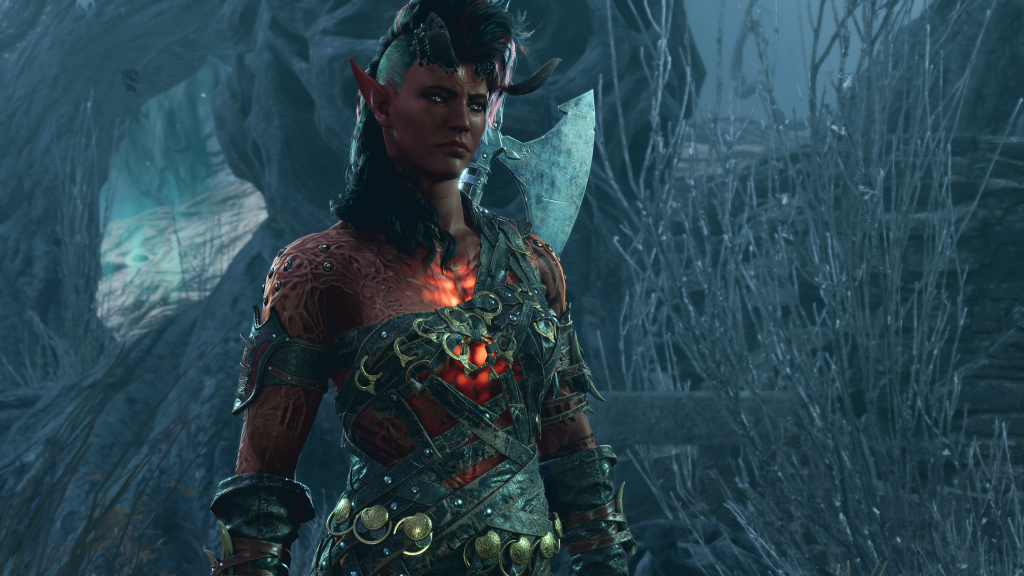
Communicate, and keep communicating
You’re going to see communication as part of any TTRPG advice, so let’s get specific with it.
If you have a character trajectory in mind, you have to say so to your GM. If you’re using a GM-less system, bring it up to the whole table. This is the number one thing leading to character dissatisfaction among players. (There aren’t any surveys on this so you’ll have to believe me.) People at your table can’t read your mind, they don’t know you’re subtly building to a huge reveal and they have their own aspects of the story to focus on. It isn’t spoilers to talk about your goals for a character. It’s also okay to plan ahead with everyone for story beats! Not everything has to be a big reveal – you’re telling a story together. Share the outline.
This communication doesn’t have to stop when the game starts. The unique nature of RPGs means that things probably won’t go how you expect. Your goals for your character will shift or you’ll have new, more exciting ideas after playing for a while. Text the groupchat. Tell secrets to your GM – or point out where you think the GM could insert something interesting.
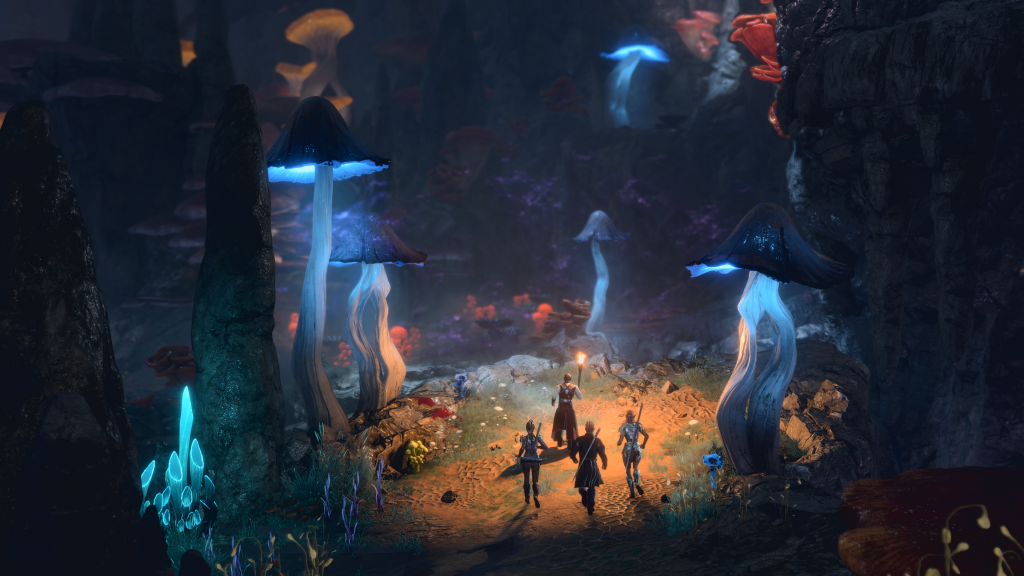
Chill.
This is crazy to say after writing as much as I just did, but it’s an important step: chill out! TTRPGs are just games. Odds are that the only people witnessing your character are the other people at your table. You’re all there to have a good time and as long as you’re being respectful, showing up each week and participating, you’re contributing to that good time. The quality of your character has shockingly little bearing on that.
If you’ve even landed on this article, you’re clearly someone who cares about your game and wants to put the effort in. Hopefully this advice was helpful, but feel free to drop more tips and tricks and tell me about your best character ideas. Enjoy your game!
